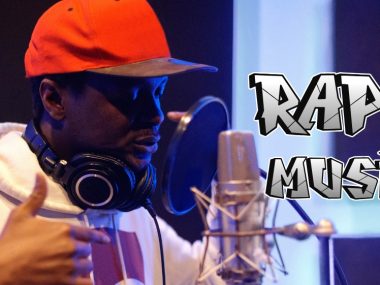Reggae is a genre of music that has been around for decades, originating from Jamaica.
The genre flaunts some of the greatest musicians of all time, from Bob Marley and Dennis Brown to Peter Tosh and Desmond Dekker, to name a few.
Even though most of us enjoy reggae music or have at least heard it before, many don’t know the history and characteristics of reggae music.
So, what is reggae music, exactly? How was it born? And how did it gain such great influence?
This article answers all of these questions and more, so stick around.
What Is Reggae?
Reggae is a popular music genre that originated in Jamaica in the 1960s and became famous worldwide. It’s often associated with the legendary reggae musician Bob Marley.
The genre was based on other Jamaican music genres that came before it and it influenced many music genres of today.
How Reggae Was Born to the World?
Reggae didn’t enter the scene all of a sudden; the way was paved for it by a few other Jamaican music genres before it. Here’s a brief history of how reggae music was born.
Mento and Ska Paving the Way for Reggae
Reggae was strongly influenced by Jamaican music genres that existed earlier. In fact, reggae is considered a combination of these music genres.
The most important of these genres are mento, ska, and rocksteady. The three of them paved the way for the birth and success of reggae.
Mento is Jamaican folk music that came out in the 1940s and 1950s. It developed from enslaved work songs and was influenced by the music genre Calypso, which originated in Trinidad and Tobago.
By the late fifties, ska was born from the influence of American R&B on Jamaican culture. With the added Mento elements to rhythms and blues, ska was born.
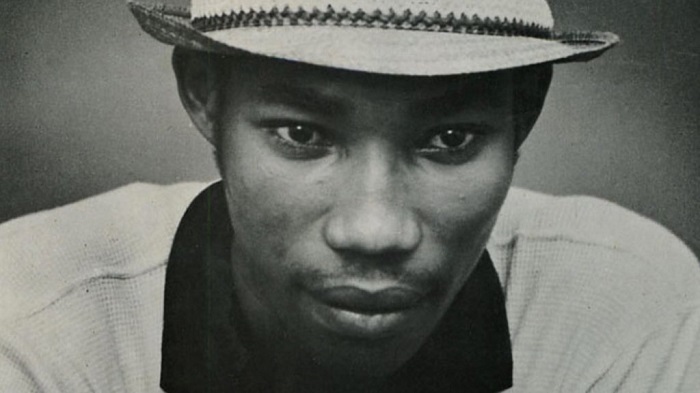
Ska played a great role in leading Jamaica into independence. A great example of that is Derrick Morgan’s “Forward March” in 1962.
In 1962, Jamaica became independent and it was the time for Jamaica’s music to become autonomous. That’s when the young Jamaican musicians marched to studios with their R&B-influenced mento music.
Ska became a way to express the hopeful and joyful mood that Jamaica filled with. There were a lot of celebration parties at the time, which encouraged the emergence of ska’s dancehall music version.
Rocksteady’s Short Life
Not so long after, Jamaicans were struck with the non-joyful reality of post-independence.
The country struggled with crime and other hardships, so the county’s mood shifted and the search for cultural identity grew back.
That’s when the pace of ska’s music was slowed with more emphasis on drums and bass, and less on horns and instrumentalists. This was the birth of a short-lived music genre called rocksteady.
It’s thought that the name was chosen as an effort to fight the shaky social life at this time and bring stability and harmony to Jamaican society.
From that, we get that rocksteady focused on social commentary through spiritualism.
Despite its short lifespan, rocksteady blessed the world with amazing artists like Alton Ellis and Hopeton Lewis.
We don’t like to think that rocksteady died, but I prefer to say that it merged with other Jamaican music genres to form reggae.
Rastafarianism and the Birth of Reggae

With the fading of rocksteady music and the growing influence of the Rastafarianism religion on music, reggae was born in the mid-1960s.
The visit of the Ethiopian emperor, Haile Selassie I, in 1966 was the catalyst for the rise of reggae music.
Haile Selassie I is thought by many Rastas to be the Second Coming of Christ who returned to redeem and bring all black people back to Africa.
You can imagine how important his visit was for all Jamaicans, not just Rastas. This is because he wasn’t just a religious figure, but also a champion of racial equality.
You can recognize the strong coloration between Rastafarianism and reggae with the lyrics of the songs and the lifestyle of reggae artists.
Reggae’s lyrics discussed love, not necessarily romantic love, but cosmic and spiritual love. The lyrics also called for love for God and love for one another.
Besides love, reggae discussed rebellion and revolution in its lyrics. Reggae artists were the best to sing about poverty, racism, slavery, violence, and oppression.
You can also see the adaptation of Rastafarianism in reggae with the way reggae artists expressed themselves.
Many reggae artists adapted the lifestyle of Rastafarianism, which includes wearing long, natural dreadlocks and having a vegetarian diet.
It also includes dressing in specific colors like red, green, black, and gold. If you know Bob Marley, you’ll know that most reggae artists that follow Rastafarianism smoke marijuana or ganja.
The purpose of smoking ganja is to allow them to achieve a better meditative state while they’re performing their religious rituals.
The International Rise of Reggae Music
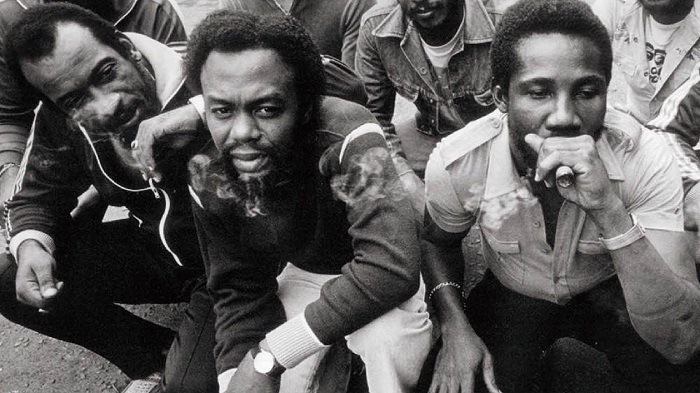
Toots & The Maytals’s single in 1968, “Do the Reggay,” is considered the song that marked the birth of reggae as a music genre.
Since its birth, the genre has grown rapidly with a big local and international audience.
In the same year, many famous reggae songs were released, such as:
- “Nanny Goat” by Larry Marshall
- “Israelites” by Desmond Dekker
- “No More Heartaches” by The Beltones
- “People Funny Boy” by Lee Perry
While the greatest and most popular reggae band, Bob Marley & The Wailers, was formed in 1963. They made successful ska music until Reggae hit the scene.
The release of the movie “The Harder They Come” by the singer Jimmy Cliff in 1972 is what paved the way for the international success of reggae.
The movie featured a strong reggae soundtrack that left a mark on the world, especially with its socio-political views.
After a couple of years, Bob Marley & The Wailers reached an international audience when Eric Patrick Clapton covered their song “I Shot the Sheriff” in the US in 1974.
This cover was seen as a genuine gesture to show love and respect for reggae music and its artist. Right after this event, Johnny Nash, who was an American singer, dropped his major reggae hit, “I Can See Clearly Now.”

So, reggae wasn’t only famous among Jamaican artists, but among black artists from around the world.
Famous English bands, such as Steel Pulse and UB40 created great reggae music that became famous worldwide.
However, Bob Marley and his band were what fed the international flourishing of reggae. People adored his music and the more he became popular, the more famous reggae became.
Reggae’s Withering
Reggae started withering in the late 1970s because of the oil crisis and the Jamaican economy’s failure. There wasn’t enough money for record production, but not to the point of death.
However, what really took a hit on reggae’s life is the death of the legend Bob Marley in 1980. With his death, reggae growth was strongly affected and thus hindered.
We can’t say that reggae died. Reggae will never die. We still see the influence of reggae in today’s music.
Reggae has strongly influenced UK punk rock. It also influenced many artists of today’s pop music, such as Rihanna and Sean Paul.
While reggae is more found as an influence in today’s music, some artists are devoting their music careers to reviving reggae. This includes Protoje and Chronixx, Hempress Sativa, and Raging Fyah.
Also, dancehall reggae is considered the genre that paved the way for hip-hop to rise. So, there’s no way we can say that reggae is dead.
How Reggae Became the Voice of the Oppressed?

Reggae is known for its rebellious and socially-conscious lyrics. It sheds light on social issues like racism, poverty, and the government’s oppression.
Jamaica, like other Caribbean islands, received ships filled with slaves brought from Africa to be sent to America.
This acted as a great drive for Reggae musicians to express their hate for slavery and show the one and only horrible side of it.
Additionally, the fact that many reggae artists follow or believe in Rastafarianism influenced their socio-conscious lyrics.
Reggae music became a tool to fight slavery, not just by its lyrics, but also by the way its singers represented themselves and their Rastafarian beliefs.
They stayed true to their origin and culture and spread their culture internationally. Reggae’s social and political views were then passed to hip-hop to be expressed in its lyrics as well.
Music Characteristics of Reggae
Reggae has distinctive music characteristics, especially its classic beat. This beat usually used a combination of bass, drums, and staccato chords played either on a keyboard or guitar.
It’s usually played in 4/4 time with a syncopated style that gives the rhythm its distinctive groove that fans love.
The classic reggae beat is often created by three principles:
- Steppers
- Rockers
- One drop
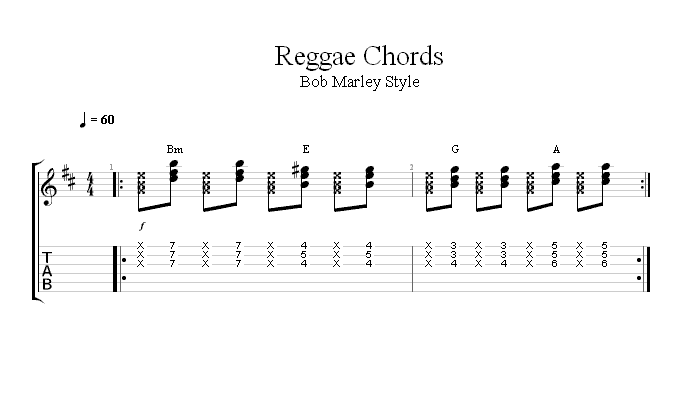
Steppers beat is characterized by a steady quarter-note pulse played on the bass drum and is sometimes doubled by the bass guitar. It’s the one that provides an insistent bass drum to the four beats.
To get a better understanding of how steppers feel, check out the Burning Spear’s song, “Red, Gold, and Green”.
Rockers beat focuses more on the vibe of the beat than on having a particular pattern. It uses four quarter notes per bar while leaving space for syncopation.
The works of Sly and Robbie are what best represent rockers beat. Also, Black Uhuru’s “Sponji Reggae” is a great example of a rockers beat.
Lastly, one drop beat is what focuses on the backbeat from the kick drum and snare drum while featuring a steady sixteenth-note pulse. “One Drop” by Bob Marley & The Wailers is the best example of it.
The bass guitar plays an important role in reggae music. Reggae musicians often adjust the tone to highlight its low pitch and percussive potential.
This way, they create a unique sound that is demonstrated along the walking bass lines.
Not to mention reggae’s celebratory and social-conscious lyrics that acted as the essence of reggae. These lyrics were expressed with strong Jamaican English dialects.
The last thing that characterizes reggae music is the chatting intervals in the performance. This is done by singing on one single note. It can be explained with the term talk-singing.
The chatting intervals can be improvised or scripted.
Best Reggae Musicians of All Times
The best way to further understand reggae is to listen to reggae music. So, we gathered a list of some of the greatest reggae musicians with some examples of their work:
1. Bob Marley & The Wailers
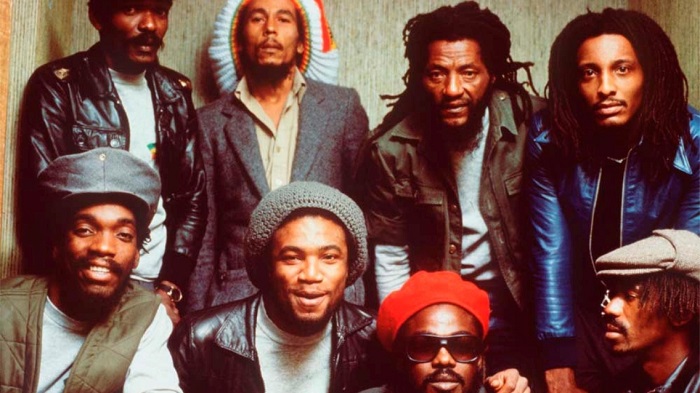
Bob Marley is by far the most popular, loved, and successful reggae artist of all time. The music genre is often associated with his music, in fact.
Strong evidence of his dominance in reggae is that after his death reggae withered. People still celebrate his existence to this day.
Every Bob Marley song is a hit, but here are some of his work:
- Redemption Song(1980)
- I Shot the Sheriff(1973)
- No Woman, No Cry(1975)
- Get Up, Stand Up(1973)
- One Love(1977)
- Three Little Birds(1977)
2. Desmond Dekker
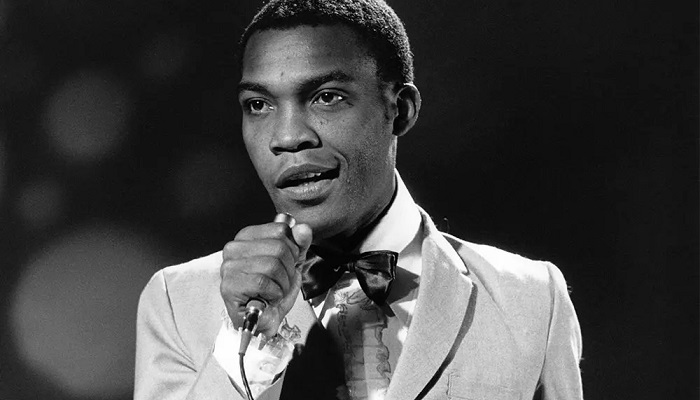
Desmond Dekker and his music paved the way for the tremendous success of reggae in the UK specifically.
He sang most of his work in his Jamaican dialect. He’s the one who introduced the rude boy Jamaican culture to the UK.
His most iconic songs include:
- Israelites (1968)
- It Mek (1969)
- 007 (1968)
- Rude Boy Train (1980)
3. Toots & The Maytals
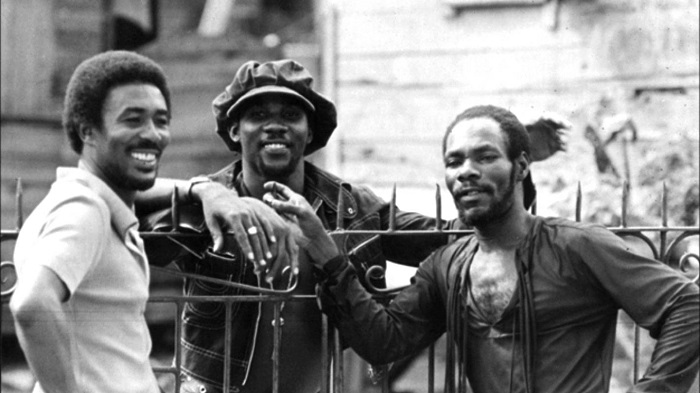
Toots & The Maytals was formed in 1962 and their single, “Do the Reggay,” is considered the official start of the reggae genre.
They got nominated six times for the Grammys and won two times. In 2005, they won Best Reggae Album Award for their “True Love” album.
Just recently in 2021, they won their second Best Reggae Album Award for their “Got To Be Tough” album.
The two most iconic songs for them are:
- 54-46 Was My Number (1968)
- Louie Louie (1973)
4. Burning Spear
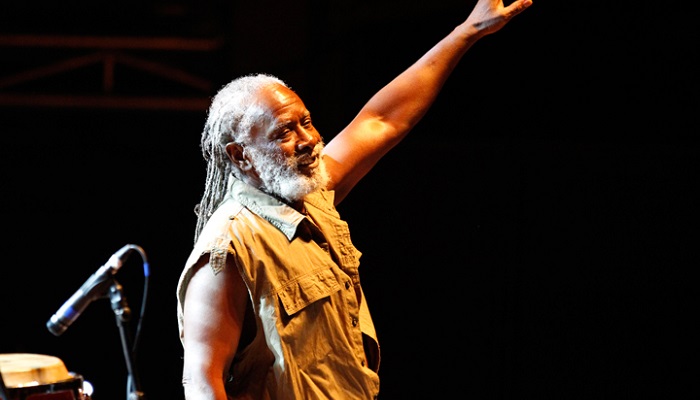
Burning Spear, whose real name is Winston Rodney, has great music history in reggae. He has been nominated for 12 Grammy Awards.
He won two of two Best Reggae Album Awards: one for his album “Calling Rastafari” in 2000 and the second for his album “Jah Is Real” in 2009.
Burning Spear’s debut was the song “Door Peep” in 1969. At the time, The Burning Spear actually featured a harmonizing group.
Here are some of Burning Spear’s greatest works:
- Slavery Days (1975)
- Old Marcus Garvey (1975)
- Columbus (1980)
- Cry Blood Africa (1980)


